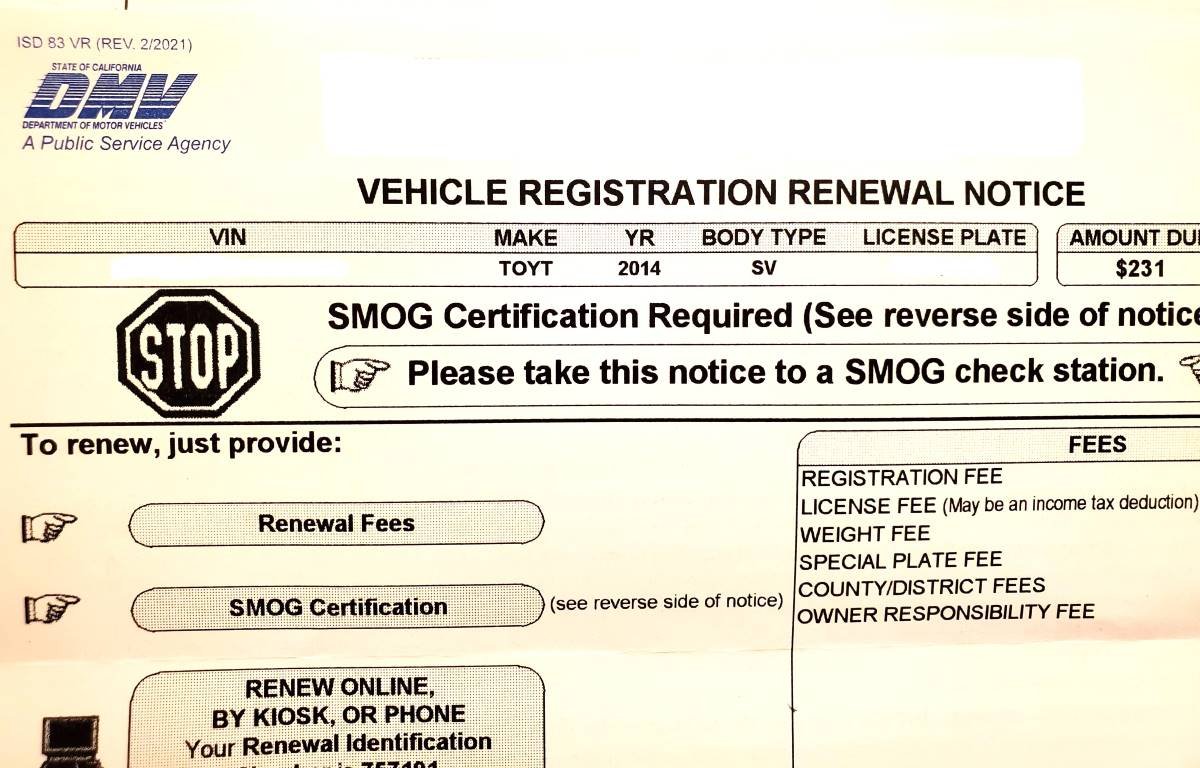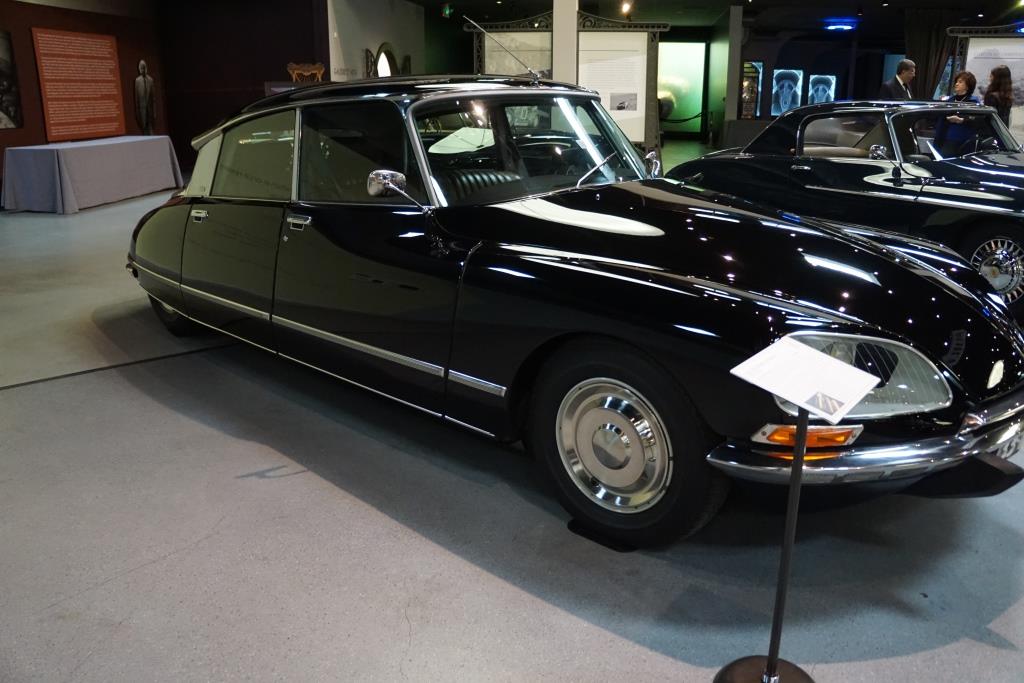California's Low Cost Auto Insurance Program Provides Affordable Insurance for Those Eligible
/Auto insurance is a requirement if you have a valid driver's license and drive a vehicle in the state of California. The California Low Cost Auto (CLCA) Insurance program is a state-sponsored program that makes auto insurance more affordable to those meeting eligibility requirements.
To qualify, you must 1) have a valid California driver's license; 2) own a vehicle valued at $25,000 or less; 3) meet income eligibility guidelines; and 4) be at least 16 (under 18 must be legally emancipated) or older.
Maximum income requirements are based on the size of your household. As of 2024, that maximum is $37,650 for a household size of 1, increasing by $13,450 for each additional household member (e.g. household of 4 maximum income is $78,000.
Annual premiums vary by county. If you live in Ventura County, have been licensed continuously for 3 years and are not a 19-24 years of age and unmarried, your annual premium is $275 ($358 if you are an unmarried 19-24 year old).
While the premiums are great, the coverage is very limited. A basic policy includes only up to $10,000 per person and up to $20,000 per accident for bodily injury or death and up to $3,000 for property damage. Comprehensive and collision is not included in these policies (they would have to be purchased separately).
Learn more and sign up at www.mylowcostauto.com.

















